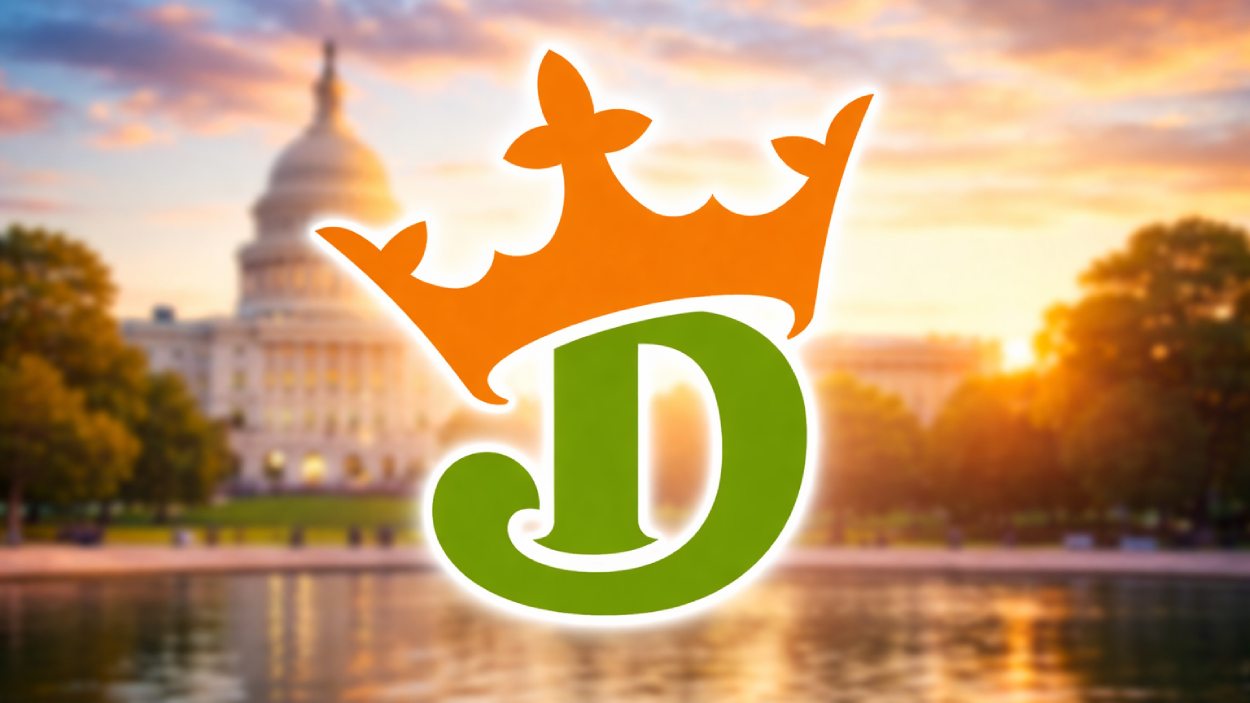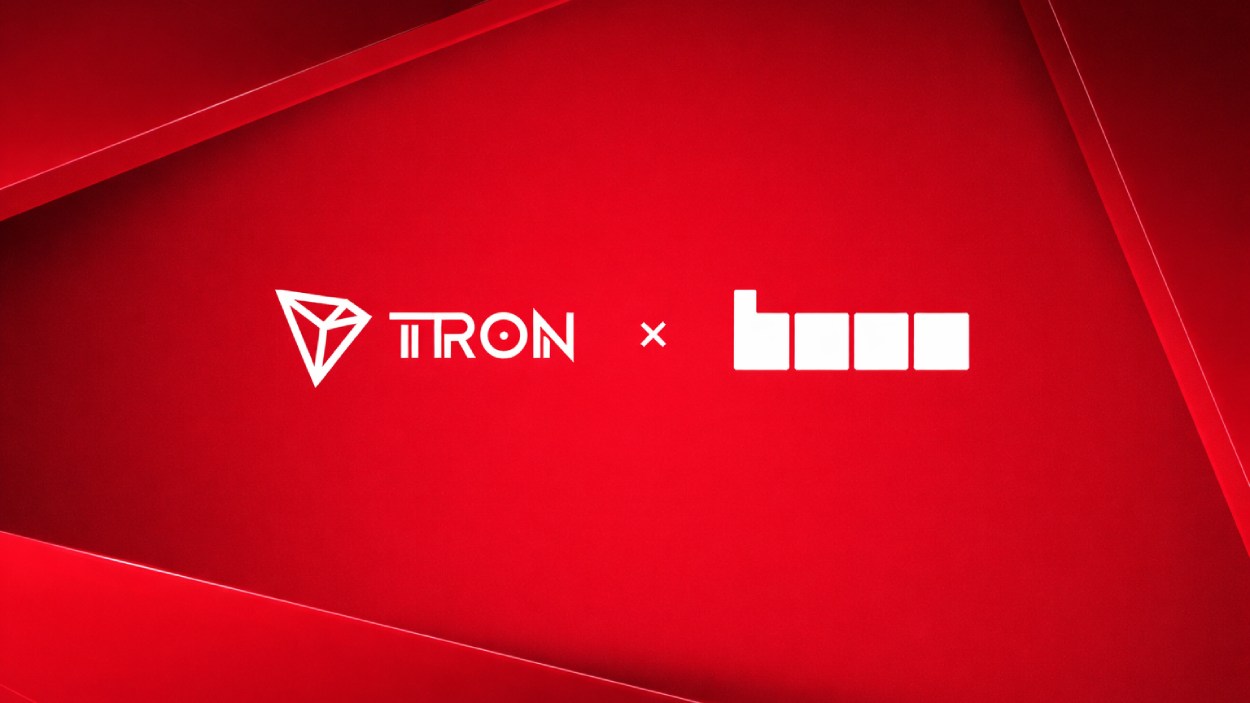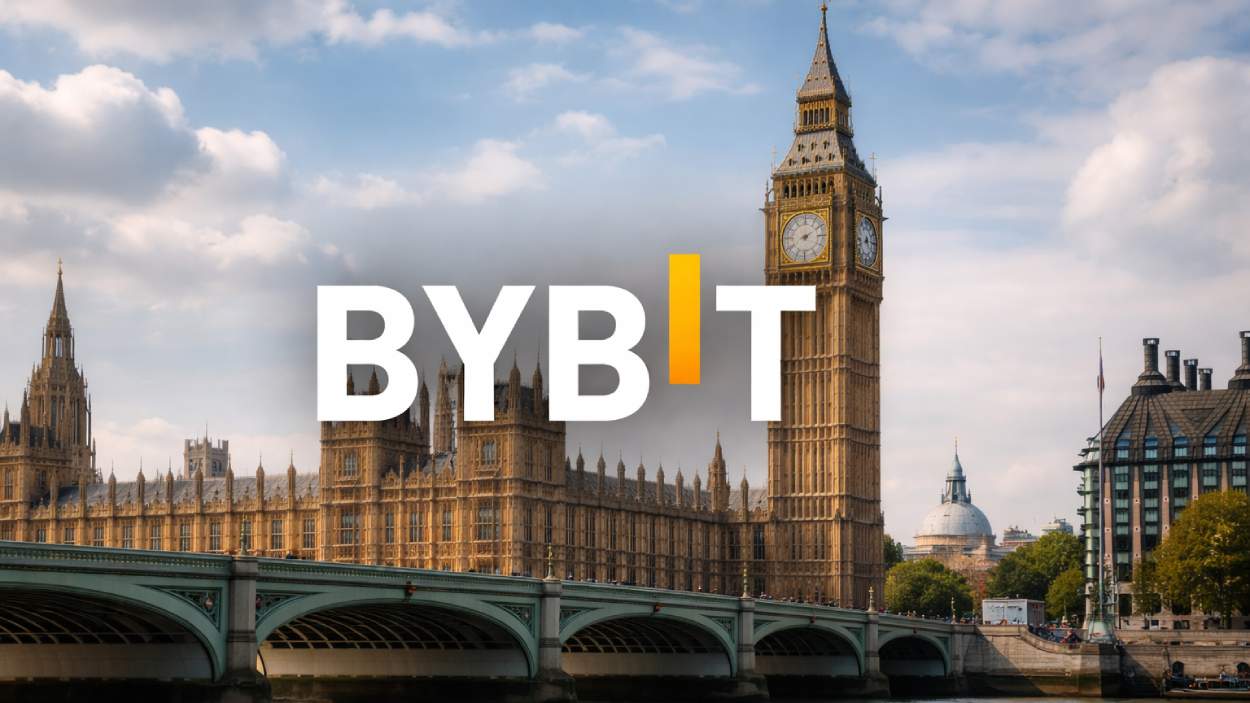Former hedge fund manager Raoul Pal says the number of crypto users could hit four billion by 2030, with a total market cap reaching $100 trillion by 2032.
Key Takeaways
- Raoul Pal projects crypto adoption will reach 4 billion users by 2030, driven by faster growth than the early internet.
- Crypto’s user base hit 659 million by the end of 2024, with an annual growth rate of 137 percent over nine years.
- Market capitalization could reach $100 trillion by 2032, according to Pal, rivaling the size of global equity markets.
- Critics warn wallet-based metrics may be inflated, but Pal argues the trend mirrors early internet adoption patterns.
What Happened?
Raoul Pal, former hedge fund manager and founder of Real Vision and Global Macro Investor, believes crypto is on a trajectory to eclipse even the internet in terms of user adoption and financial impact. He forecasts that digital assets will reach four billion users by 2030 and could top $100 trillion in market capitalization by 2032. Pal’s bold outlook has sparked both excitement and skepticism within the crypto community.
Crypto is still being adopted at twice the speed on the internet from 5m IP addresses vs 5m wallets (very like for like). 1/ pic.twitter.com/5v2rmdab8d
— Raoul Pal (@RaoulGMI) August 31, 2025
A Surge in Crypto Adoption
Pal’s analysis compares the early growth of the internet with that of crypto by examining crypto wallets against IP address data. His conclusion: crypto adoption is growing faster and further than the internet ever did at the same stage.
- As of late 2024, Pal estimates the global crypto user base at 659 million, growing at a 137 percent annual rate over the past nine years.
- In contrast, the internet had around 187 million users by the end of 2000, with a 76 percent annual growth rate.
- Pal predicts this growth will moderate slightly, with the total number of users reaching 1 billion in 2026, then climbing to 4 billion by 2030, which would represent about one-eighth of the world’s population.
A $100 Trillion Crypto Economy?
Pal also sees crypto’s market capitalization reaching $100 trillion by 2032. He attributes this potential growth to two primary forces:
- Currency debasement, which he believes explains 90 percent of current price action.
- Network adoption, which he says accounts for 100 percent of crypto’s outperformance relative to fiat currencies.
In his words, these forces together could “rewrite the financial system.”
Critics Push Back on the Numbers
Despite the enthusiasm, not everyone is convinced. Critics on social media argue that using wallet addresses to estimate adoption is flawed.
- One user pointed out that project founders could simply create thousands of wallets and distribute coins to simulate a large community.
- Others shared their own experiences of frequently creating new wallets, suggesting that user counts might be inflated.
Yea but it’s so easy to create a wallet any many people have more than 1 so it’s not really an accurate metric for web3 growth
— AOB (@attackonbitcoin) August 31, 2025
Pal acknowledged these criticisms but dismissed them by noting that early internet metrics like IP addresses were also imperfect, yet still accurately indicated broader adoption trends.
Alternate Research Offers Lower Estimates
Pal’s high projections contrast with more conservative industry research:
- Triple-A, a B2B digital currency platform, estimated 560 million crypto users by the end of 2024.
- An October 2024 report by Andreessen Horowitz’s crypto division cited 30 to 60 million monthly active users, focusing more on consistent user activity than raw wallet counts.
Still, both sources agree on one thing: the crypto user base is expanding rapidly, even if the exact numbers vary.
CoinLaw’s Takeaway
In my experience, we often get caught up debating the exact number of users or the most accurate way to count them. But here’s what really matters: the trend is undeniable. Crypto is growing fast, and faster than any technology I’ve ever seen. Whether we hit four billion users by 2030 or not, the pace of adoption is breathtaking. Pal’s $100 trillion prediction might sound wild, but if network effects continue and traditional money systems keep faltering, it might not be that far-fetched. I’ve seen too many revolutions start small and get laughed at until they reshape everything. This could be one of those.

























































